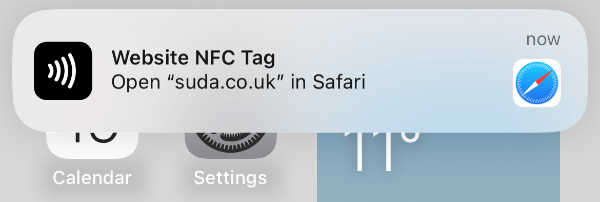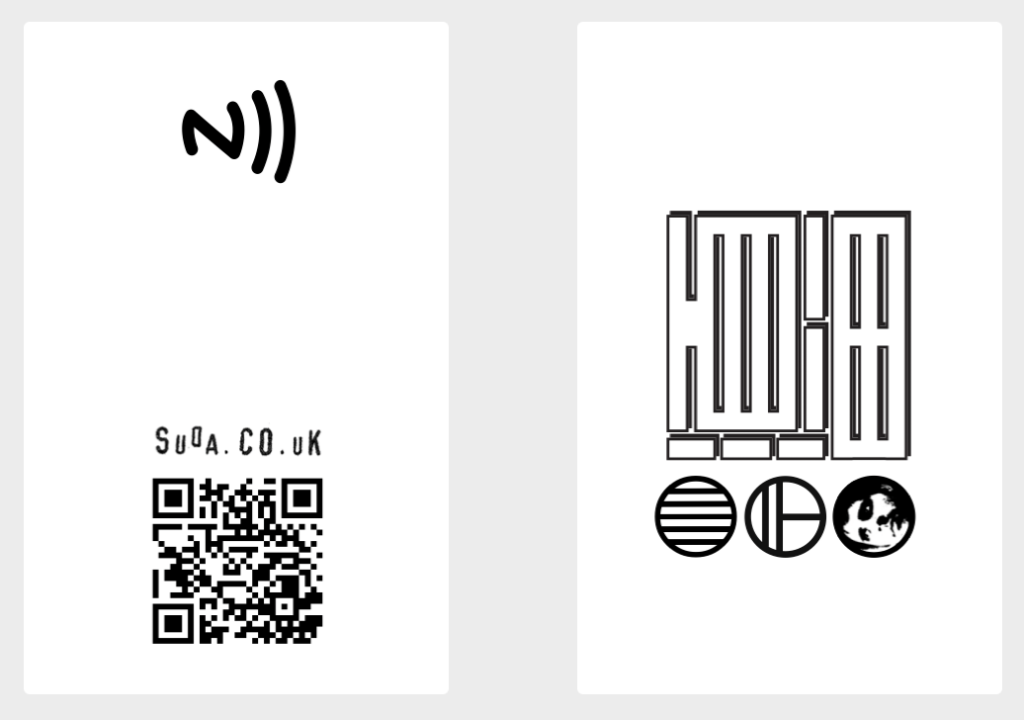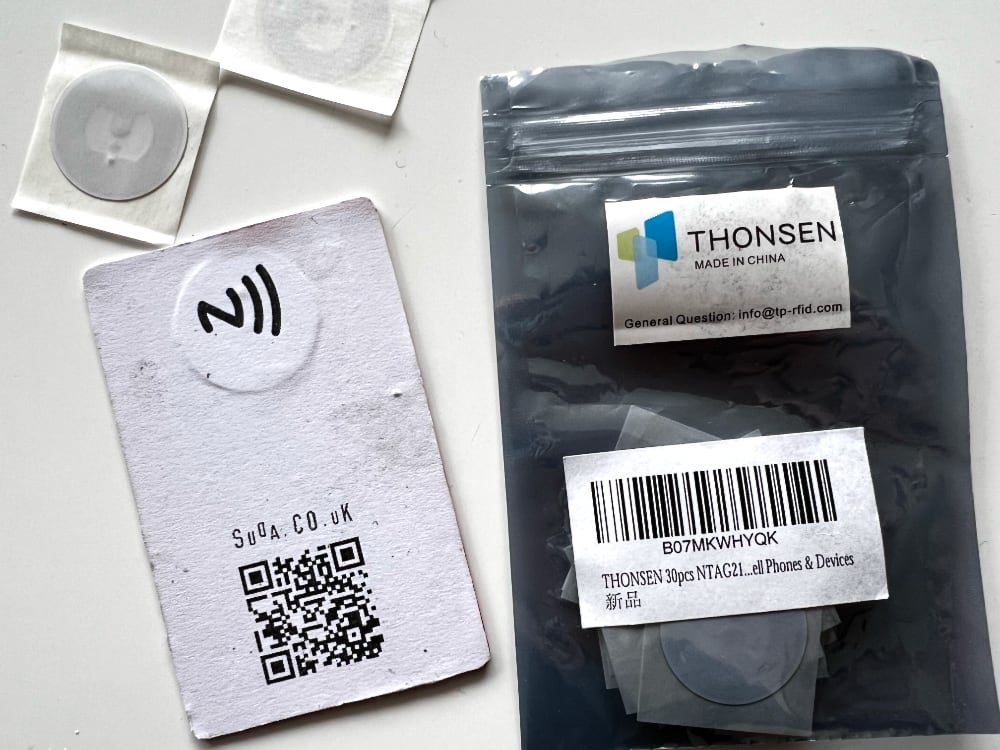We clamp down on all sorts of ad-spy-ware via ad blockers, fake VPNs and more, but we still get the odd video ad. One that we saw recently was for “Digital Business Cards” by a company called Tapni.
In the promo video, a person taps their Tapni Card to a phone and it magically launches a browser.
That got our attention. We’re not interested in their product, but more about how it works. According to the Tapni website, you purchase an NFC/QR code tag that goes back to a URL they control. That URL you can customize to link to your various online identities. We’ve seen these sorts of things before. Chi.mp bought the whole .mp TLD to make personal pages. About.me is another such service. These are fine until they stop working. Then all the NFC tags are pointing to a specific URL that no longer exists. Moo.com has NFC cards with fixed short URLs that you can configure on their website. These atleast let you change where the NFC eventually takes you after they are in the wild, but if moo.com ever stops their URL shortener, these are affectively dead.
This is the part that got our attention. In the Tapni promo video, the person taps the card with an NFC tag to a phone and it prompts to launch the browser. We knew that the camera app could identify QR codes without user interaction. We also knew that the iPhone’s NFC reader was always on. NFC tags can be used to run shortcuts in the background, but we didn’t know that when it passively scans something that the OS knows how to deal with, like a URL, it sends a notification!
Awhile ago, we bought a bag of 30 writable NFCs tags that cost about 50 cents each. We experimented using them as shortcuts for timers logging on and off projects. We dug them out again and using some NFC writing software, we added a URL to the tag. Then touched it to the phone and sure enough, a notification popped-up asking if we wanted to launched the browser.

We then went back and tried to embed a vCard as data into the NFC tag, it wrote it just fine, but the phone didn’t recognize it, so nothing happened. Instead, we put the vCard online and wrote the URL to that vCard to the NFC tag. When the phone scans it and you accept, it opens the contacts app to import the data.

We found an old, expired credit card without wireless payments and stuck an NFC sticker to it. We created new designs including a QR code to glue over the old ones. For 50 cents plus some up-cycled stuff from the old cable drawer, we managed to replicate Tapni but use a URL that we can control, update and manage.

We still have a big box of our Blank Business Cards we haven’t managed to give out yet. Post-COVID, we haven’t been traveling or attending many conferences or events. That doesn’t offer many opportunities to give away our contact details. The few speakers we have seen are now adding QR codes to their slides that take you to their LinkedIn or personal websites. Sometimes when meeting new people, someone takes out their phone and calls or emails you right then and there to swap contact info. The art of giving out a business card seems to be waning.
So why even have one of these new fancy NFC cards? We’re not sure. It seems that the next version of iOS and current versions of Android have this “bump to share” feature. Maybe that won’t take off or isn’t cross-compatible? To make your own NFC card is cheap. You can even attach the NFC tag to your phone’s case so it can double as your business card.
Time will tell what wins out in the long run: QR codes, NFC, phone bumping, call/email or the trusty old paper business card.